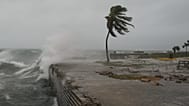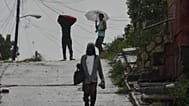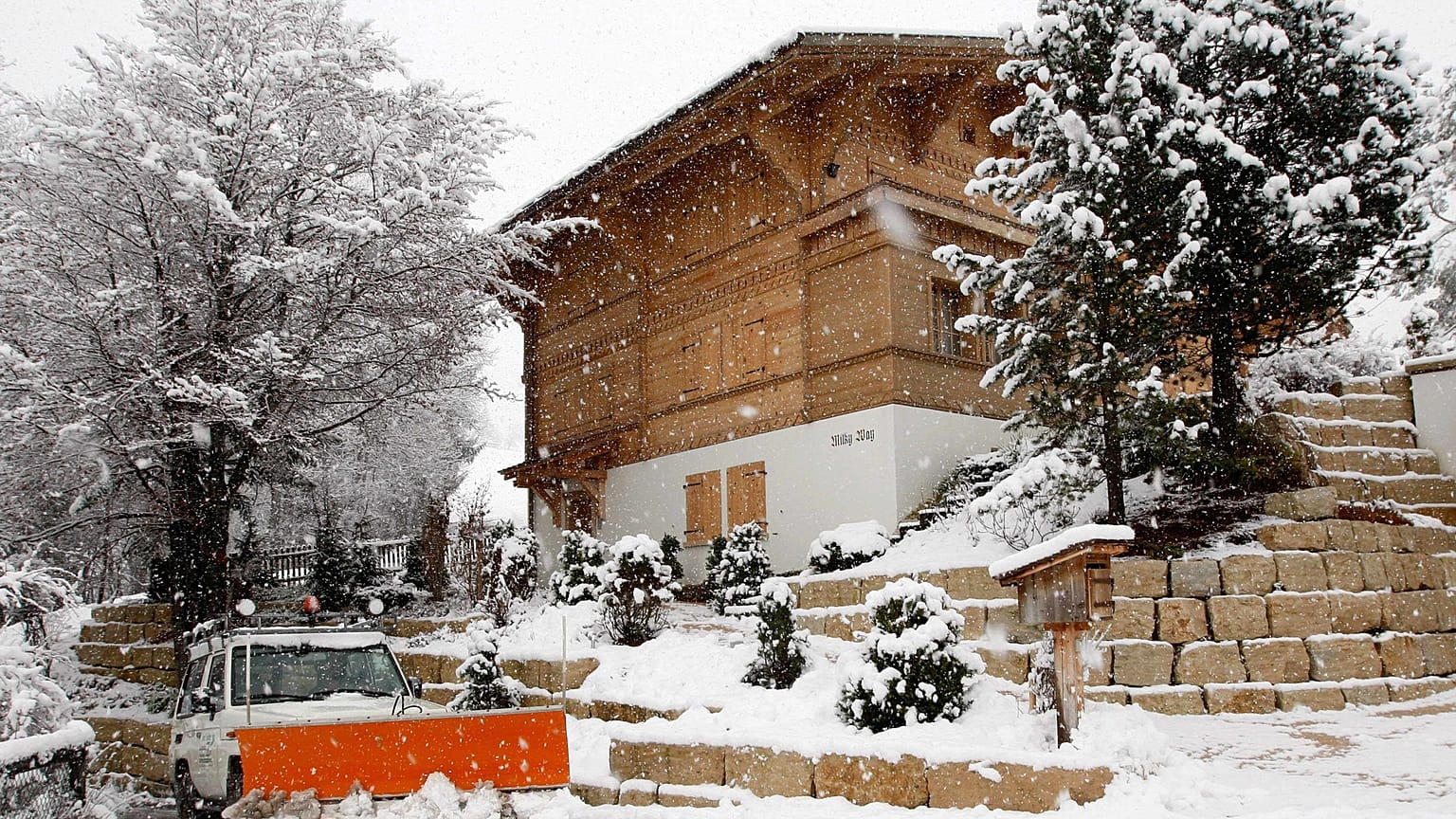As skiing season approaches in Europe, you may be dreaming of a wintery getaway to beat the post-summer blues. Looking to buy a property in the Alps? Here are some in-demand spots.
For many, the Alps are a dream destination, famous for skiing in the winter and hiking in the summer.
The widespread attraction of Europe's famed peaks helps to keep the property market here strong, continuing to outperform broader luxury trends.
The Alpine Property Index, compiled by real estate firm Knight Frank in a new report, rose 3.3% year-on-year as of June 2025. The tool tracks price changes for residential properties in prime Alpine locations.
Over the last five years, meanwhile, the index has risen by 23%, "underscoring a renewed era for Alpine living" — said Knight Frank.
The firm claimed this is “fuelled by surging year-round demand, the rise of remote working, and a growing appetite for permanent mountain living”.
So, which villages and towns have seen the biggest price increases in the Alps? And where are homes the most expensive?
Role of legal restrictions in Switzerland
Swiss resort Andermatt tops the Knight Frank Alpine Property Index with 14.6% annual growth.
“In Switzerland, legal restrictions play a decisive role," Kate Everett-Allen, head of European residential research at Knight Frank, told Euronews Business.
"The Lex Weber and Lex Koller regulations severely limit foreign ownership and second home sales in most resorts, creating artificial scarcity that supports premium pricing in established destinations,” she said.
The Lex Weber law stipulates that holiday homes in each municipality must not exceed 20% of the total housing stock, designed to safeguard Swiss communities from overtourism. The Lex Koller law, a similar initiative, limits foreign property ownership in Switzerland, preventing non-Swiss citizens from purchasing certain types of real estate.
However, due to special state agreements, Andermatt is actually exempt from these two restrictions, pushing up international interest for properties in the area.
“Andermatt's 14.6% annual growth is directly attributable to its exemption from these restrictions, allowing new development and foreign investment,” said Everett-Allen.
Another Swiss town, Davos, ranks second in Knight Frank's index, with a 10.5% annual increase — although it's not exempt from Weber and Koller regulations.
Everett-Allen noted that Switzerland's stable currency, robust economy, and world-class quality of life create sustained international demand, particularly from buyers seeking safe-haven assets and a luxury lifestyle.
Italy’s Cortina d’Ampezzo also saw a significant rise, ranking third in Knight Frank's index. The upcoming 2026 Winter Olympics are fuelling Cortina’s market, with prices up 10% year-on-year according to the report.
Growth stronger in Switzerland than in France
French resorts saw steadier gains than the top three, with Méribel matching Switzerland's St. Moritz at 7.1%, and Alpe d’Huez reaching 5.7%.
Property prices in several French Alpine towns and villages also declined. Megève saw the largest year-on-year drop at 4.3%, and other resorts such as Morzine recorded slightly smaller decreases.
While the overall Alpine Property Index rose 3.3% over the past year, Swiss markets outperformed with average annual growth of 5%, compared with France’s 1.2%.
When analysing recent price changes, Everett-Allen nonetheless stressed that the post-pandemic cost surge is an anomaly, rather than a continuation of long-term trends.
“Many expected this pandemic-driven demand for mountain retreats and outdoor space to subside, yet it has persisted for five years, suggesting a more fundamental shift in buyer priorities,” she said.
Property prices in the Alps widely vary
Prime residential real estate prices in the Alps vary significantly, ranging from €9,300 per square metre in Morzine to €47,300 in Gstaad, as of June 2025. The average across the 26 resorts is €19,675.
With Swiss resorts leading, Courchevel 1850 is the only French resort in the top five.
Drivers of price variations
There are several factors behind the price variations, as different demand, supply, and regulatory dynamics affect the different markets.
Everett-Allen explained that accessibility and rental potential are primary drivers in French markets. Resorts within an hour of Geneva Airport — including Chamonix, Megève, and Morzine — command premiums due to ease of access for international buyers and strong short-term rental demand from weekend visitors.
Infrastructure investment also significantly influences valuations. Resorts that have modernised lift systems, expanded snowmaking capabilities, and developed year-round amenities such as mountain biking, hiking, and spa facilities, often outperform.
Three in four millionaires consider living full-time in the Alps
According to the report, 73% of high-net-worth individuals (HNWIs) surveyed would now consider living full-time in the Alps. This category includes those with a net worth of US$1 million or more. The desire to relocate permanently is “driven by flexible work lifestyles and a renewed focus on wellness, nature and community”, said Knight Frank.
The report added that 44% of HNWIs target homes under €2 million, proving the Alps are not only for ultra-high-net-worth buyers.















